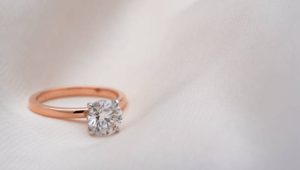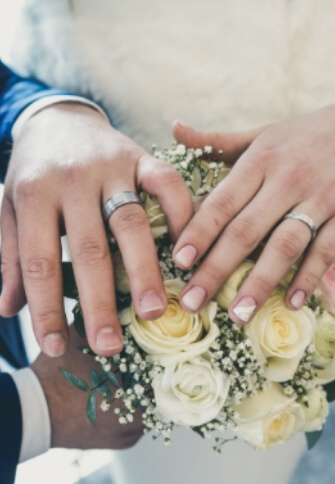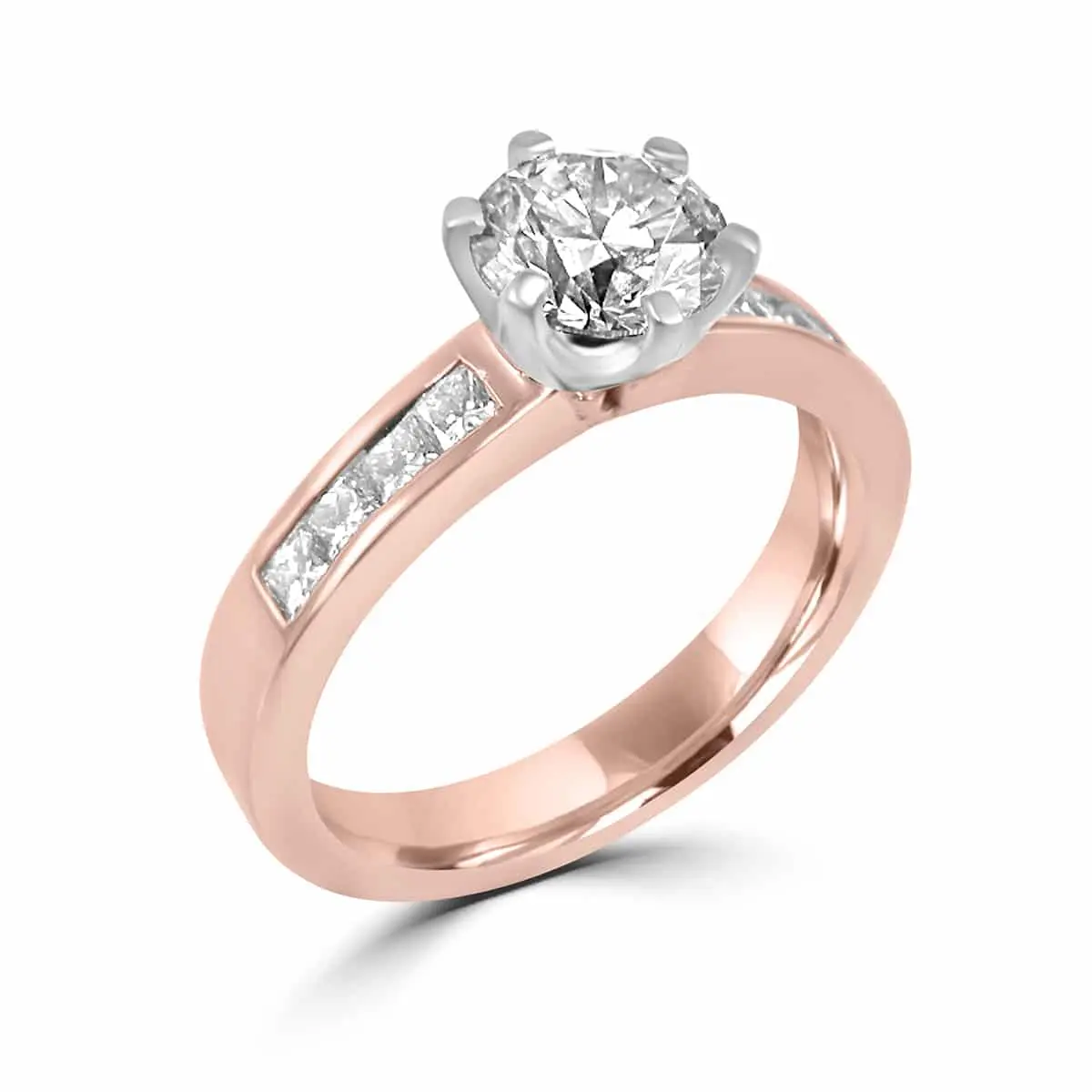Anania Family Jeweller’s Guide to Rose Gold
Rose gold is a delicate mixture of classic yellow gold, copper metals, and (sometimes) silver metals. The silver and the copper combine with yellow gold to create the pink hue that was familiar when it comes to rose gold.
As a colour rose gold communicates luxury, thanks to its association with the precious metal and common use in jewellery. Gold is a marker of wealth, so rose gold is often associated with style, elegance and affluence.
Rose gold’s soft hue can also appear romantic, refined and composed. While it is a shade of pink, a colour typically considered feminine, rose gold has often been described as a “gender neutral” hue. In colour psychology, rose gold is thought to create a sense of calm and alleviate anger.

Rose gold is said to have first been used in Russia in the early 1800s by royalty and really became popular at the turn of the 19th century. It was made famous worldwide by the jeweller, Carl Faberge, who used the colour in his one-of-a-kind Faberge Eggs.
The popularity of the eggs led to the colour being dubbed Russian Gold. Over the years, the colour became highly prized around the world and found further fame in fine jewellery in the 1920s, especially in America where it was used predominantly to make engagement rings.
Rose gold is one of the best metals for every skin tone out there. Its many soft, romantic shades of it complement everyone and it is suitable for all kinds of jewellery – from rings to bracelets, necklaces, and more.
The blush colour varies from subtle pink champagne to a more dominant rose-red colour and the pricing is done accordingly. This ability to have differentiating colours within its range makes rose gold highly customisable and it is thus a highly unique metal.
Rose gold is indeed valuable since it’s one of the most recognisable kinds of gold around – though it may be known elsewhere as pink gold. While each jewellery piece will have the amount it’s priced at varied, this depends upon the karat value of the gold content within it.
The colour of the rose gold will also depend on the ratio of pure yellow gold that is used when compared to copper. This will result in a more red-tinged rose colour and the jewellery item may get priced lower than one that has a higher gold content.
For example, 14K rose gold will have more of a rose tinge to it when compared to an 18K rose gold piece. The 18K rose gold piece will be priced higher than the 14K gold one due to the different ratios of gold within them.







